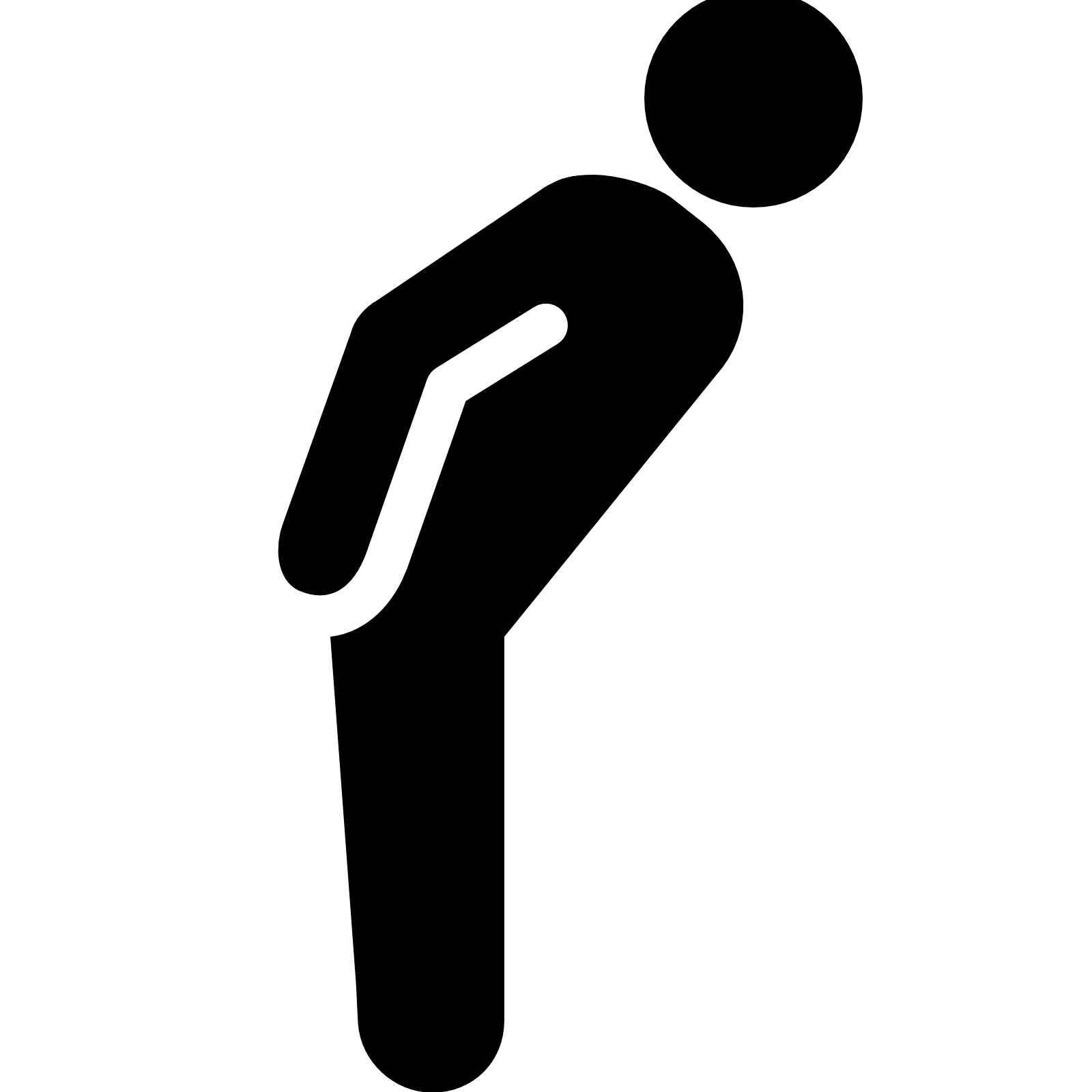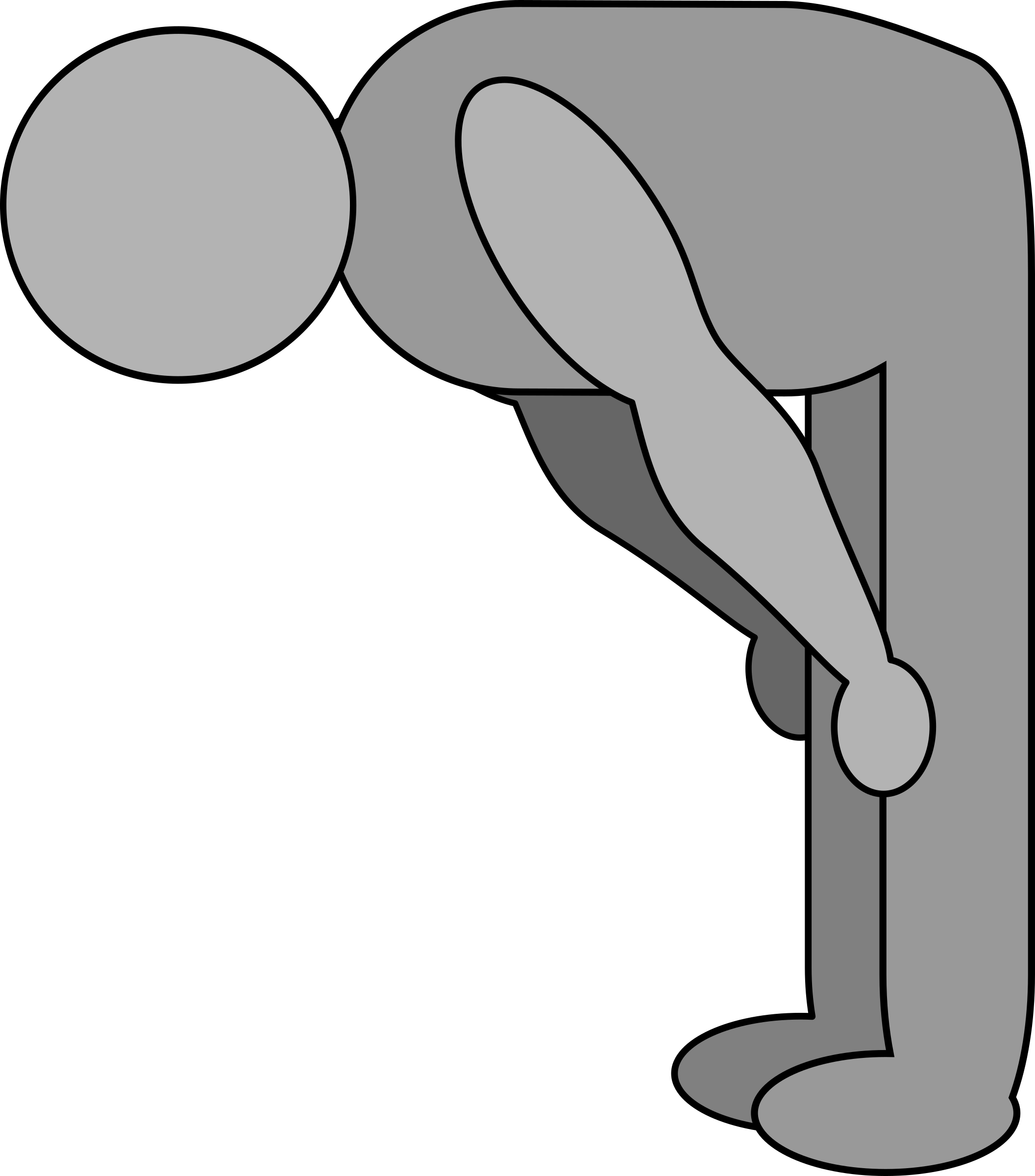Download top and best high-quality free Bowing PNG Transparent Images backgrounds available in various sizes. To view the full PNG size resolution click on any of the below image thumbnail.
License Info: Creative Commons 4.0 BY-NC
Bowing is a gesture of respect in many cultures around the world. It involves lowering the body, especially the head and upper torso, as an expression of acknowledgment, gratitude, or reverence. Bowing is often accompanied by other forms of etiquette, such as folding the hands, making eye contact, or using specific phrases.
Types of Bowing
There are various types of bowing, each with its own meaning and context. Some of the most common types of bowing include:
- Full bow: This involves bending the knees and lowering the torso until the forehead touches the ground, as seen in some religious or cultural traditions.
- Half bow: This involves bending the upper body at the waist while keeping the legs straight, as seen in some Japanese customs.
- Nod bow: This involves bowing the head slightly, often in informal situations or as a sign of acknowledgement.
Cultural Significance
Bowing has different meanings across cultures. In some countries, such as Japan or Korea, bowing is a common gesture of respect and politeness. It is often used to greet someone or thank them, as well as to apologize or show sympathy. The depth and duration of the bow may vary depending on the level of respect or formal tone required.
In other cultures, bowing has religious connotations. For example, Muslims perform a prayer called “sujud” which involves bowing the head and upper body to the ground as a sign of submission to Allah. In Christianity, bowing or genuflecting can be a sign of reverence to the altar or the cross, while in Hinduism, bowing to idols or images is a form of worship.
Bowing can also have social or professional implications. It is often used in hierarchical settings, such as in martial arts or military protocol, to show deference to a higher-ranked individual. In business contexts, bowing may be seen as a way to establish rapport or show respect to clients, partners, or colleagues.
Bowing Etiquette
While bowing is a common practice in many cultures, it is important to follow proper etiquette to avoid offending others or sending the wrong message. Here are some tips to keep in mind:
- Understand the context: Bowing may have different meanings depending on the situation, so it’s important to know when and how to bow.
- Respect the hierarchy: If you are interacting with someone of higher social, professional, or religious status, it’s customary to bow deeper or longer than them.
- Use appropriate language: Depending on the culture, there may be specific phrases or greetings used in conjunction with bowing, such as “namaste” in Hinduism or “konnichiwa” in Japanese.
- Pay attention to body language: In addition to bowing, other cues such as eye contact, facial expression, or hand gestures can convey respect or disrespect.
Bowing is a universal gesture of respect that is deeply ingrained in many cultures around the world. Whether it’s a sign of politeness, religious devotion, or professional etiquette, bowing can help establish connections and show appreciation. By understanding the different types and contexts of bowing, as well as following proper etiquette, we can use this practice as a way to bridge cultural differences and build relationships.
Download Bowing PNG images transparent gallery
- Bowing PNG
Resolution: 576 × 576
Size: 10 KB
Image Format: .png
Download
- Bowing Transparent
Resolution: 1105 × 1920
Size: 125 KB
Image Format: .png
Download
- Bowing
Resolution: 1000 × 1000
Size: 421 KB
Image Format: .png
Download
- Bowing PNG Clipart
Resolution: 512 × 512
Size: 16 KB
Image Format: .png
Download
- Bowing PNG Cutout
Resolution: 480 × 1113
Size: 26 KB
Image Format: .png
Download
- Bowing PNG File
Resolution: 512 × 512
Size: 19 KB
Image Format: .png
Download
- Bowing PNG Image
Resolution: 512 × 512
Size: 14 KB
Image Format: .png
Download
- Bowing PNG Images
Resolution: 800 × 800
Size: 10 KB
Image Format: .png
Download
- Bowing PNG Photo
Resolution: 255 × 256
Size: 50 KB
Image Format: .png
Download
- Bowing PNG Photos
Resolution: 1600 × 1600
Size: 18 KB
Image Format: .png
Download
- Bowing PNG Pic
Resolution: 2112 × 2400
Size: 89 KB
Image Format: .png
Download
- Bowing PNG Picture
Resolution: 200 × 200
Size: 3 KB
Image Format: .png
Download











